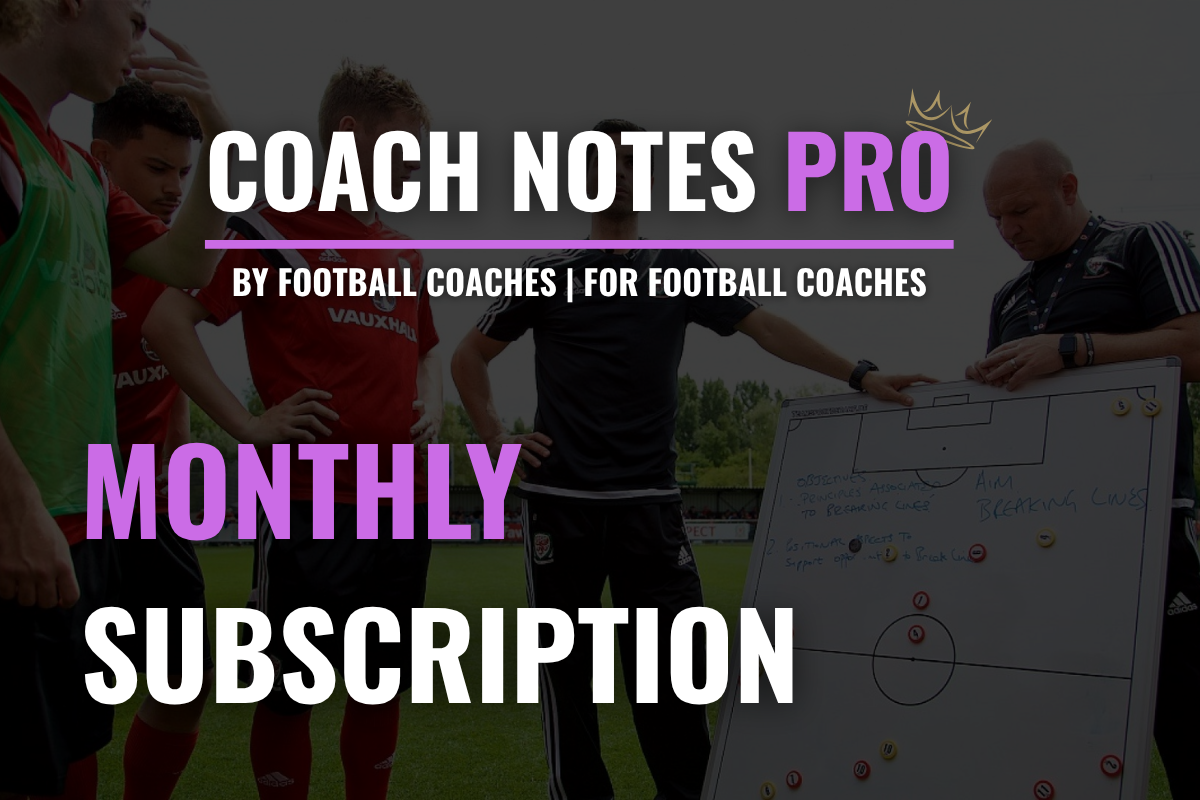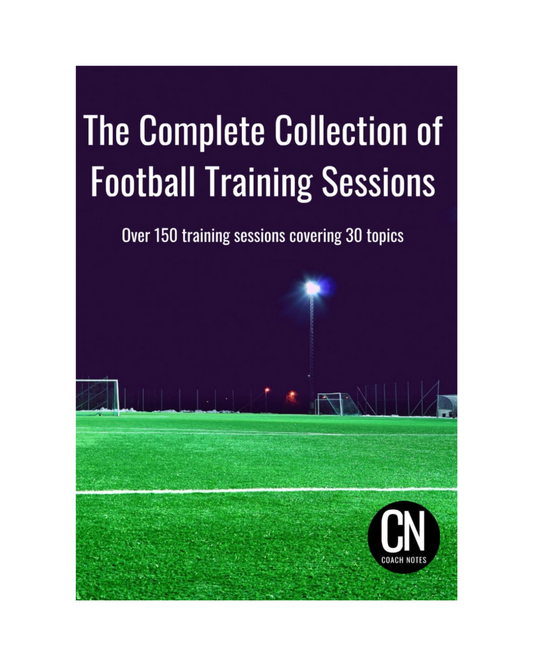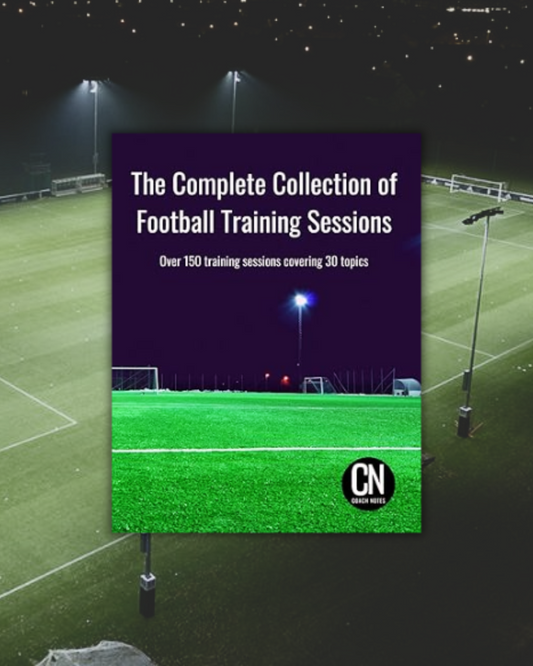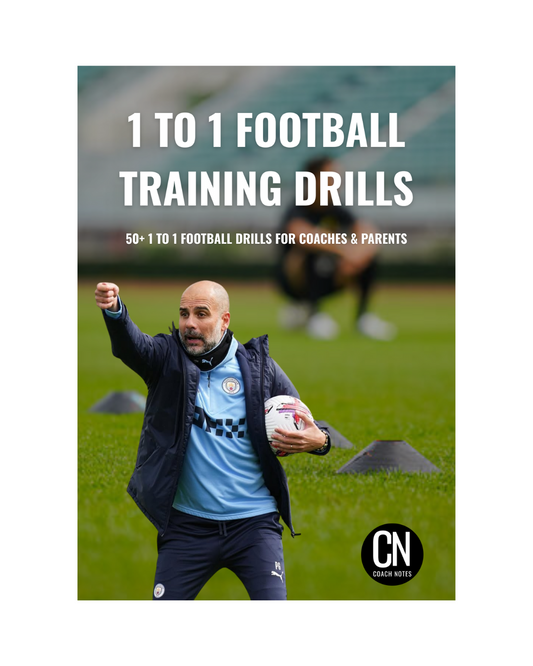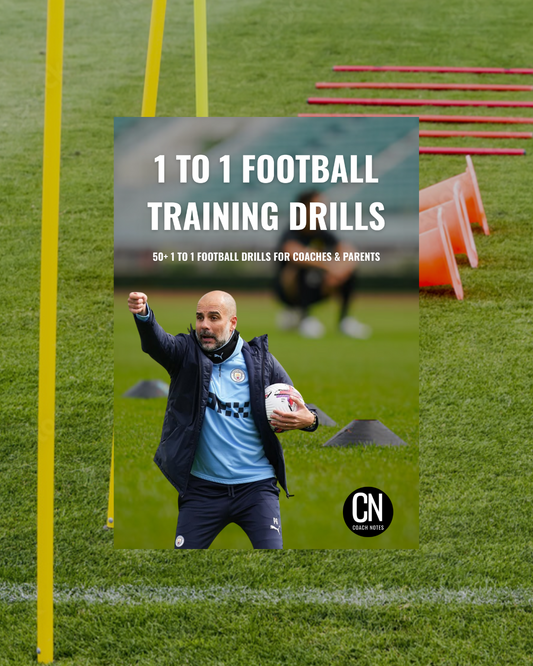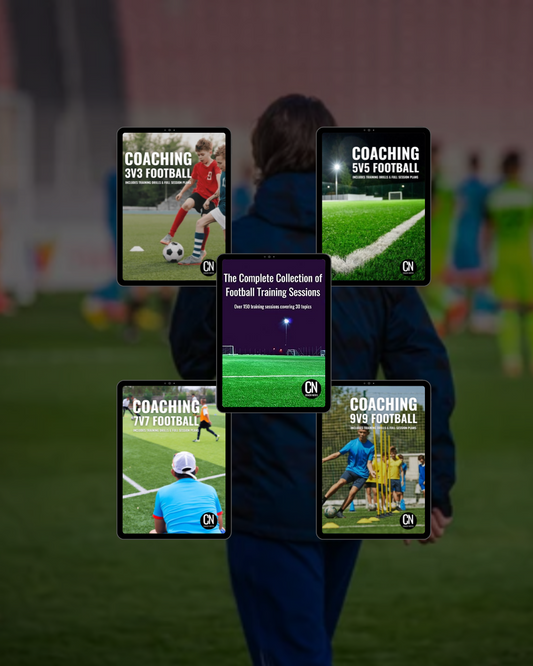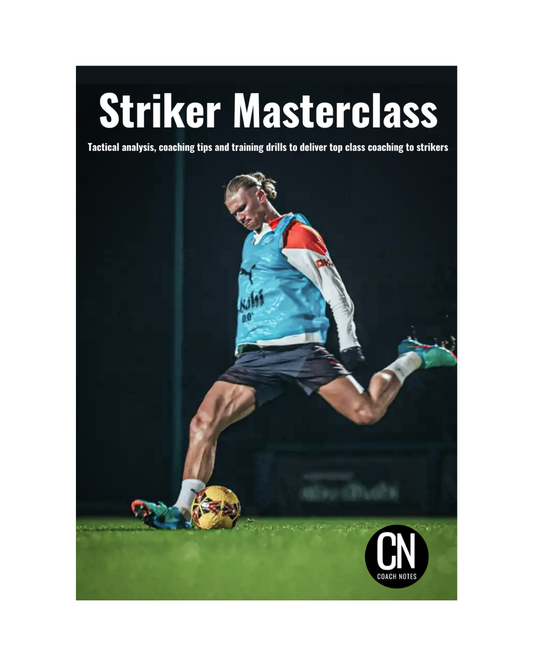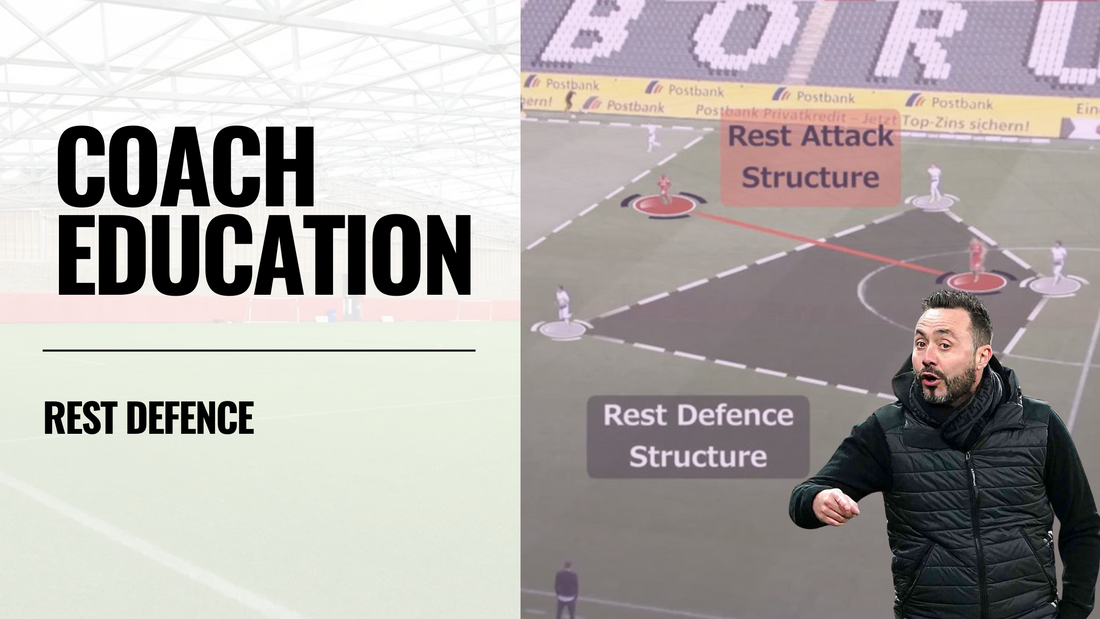
Understanding Rest Defence
Share
Why Rest Defence is the Tactical Key to Controlling Transitions
As coaches, we often pour countless hours into perfecting our team’s attacking patterns—breaking lines, overloading wide areas, and creating chances in the final third. But in today’s high-intensity, transition-heavy game, what your team does behind the ball while in possession can be just as important as what they do with it.
That’s where the concept of rest defence comes in. It’s a tactical safety net—designed not to restrict attacking freedom, but to protect your side from counter-attacks without sacrificing ambition or dominance.
What is Rest Defence?
Originating from the German term Restverteidigung (literally "remaining defence"), rest defence refers to the positioning and awareness of the players not directly involved in the attack. Their job? To prevent the opposition from launching a dangerous counter if possession is lost.
It’s proactive, not passive. These players must adopt intelligent positions that allow the team to press, delay or recover the ball quickly after a turnover. Done well, rest defence allows you to attack with confidence, knowing you’re not leaving the back door wide open.
Top clubs such as Manchester City, Arsenal, Bayern Munich and Inter Milan are leading examples—locking teams into their own half, stifling transitions, and retaining control for long stretches of the match.
Core Principles of Rest Defence
1. Balanced Structure Behind the Ball
Even while attacking, teams must maintain a balance. This often includes:
- Two centre-backs and at least one holding midfielder staying behind the ball.
- Full-backs or inverted players tucking in to close central gaps.
- Wingers positioned to press or counter-press immediately.
Depending on your shape and opponent, three to five players may form your rest defence—allowing for attacking freedom without losing defensive grip.
2. Compactness and Cover
Rest defence lines must remain:
- Compact horizontally to deny through balls.
- Positioned to cover vacated areas—especially if full-backs or midfielders push forward.
- Ready to press quickly or delay the opponent long enough for recovery.
The key is denying time and space, especially in central areas where transitions are most dangerous.
3. Anticipation and Body Shape
Rest defence players should always:
- Stay side-on to see both ball and potential threats.
- Read the next likely danger.
- React instantly when possession is lost.
This demands excellent body positioning, scanning habits, and pre-emptive thinking—players must be ready to defend before the ball is even turned over.
4. Flex to Suit the Opponent
Your rest defence shouldn’t be fixed. If you’re playing a side with a rapid forward or an aggressive counter-attacker, you might drop a full-back deeper or hold both pivots behind the ball.
It’s all about assessing risk and adjusting structure to neutralise the specific threat.
How Coaches Can Train Rest Defence
Use Game-Based Scenarios
Set up transition games where one team attacks with an overload but must defend immediately if they lose the ball. Reward quick recoveries and regains, and require at least three players to remain behind the ball at all times. This builds awareness and structure under match-like pressure.
Layer Responsibilities into Position-Specific Drills
- Centre-backs: Deal with 1v1s and cover long clearances post-turnover.
- Midfielders: Learn when to support the attack and when to hold position.
- Full-backs: Practise tucking inside when wingers press high or overlap.
This ensures every player understands their defensive responsibility—even during attack.
Use Video Analysis
Review clips of elite teams and your own match footage to:
- Highlight effective rest defence shape in different systems.
- Identify poor decisions that left the team exposed.
- Reinforce the why—helping players make smarter choices in real time.
Coach Attacking Decision-Making
Limit overcommitment by encouraging players to ask:
- Is this the right moment to send a full-back forward?
- Should the No. 8 stay instead of pushing into the box?
Let players make decisions, then review them. Building this judgement is crucial for maintaining balance.
Final Thought
Rest defence isn’t about parking the bus—it’s about controlling the chaos. The best teams don’t only win the ball back because of pressing—they win it back because they rarely let themselves become exposed in the first place.
If you want your team to dominate possession, attack with numbers, and still remain defensively solid, rest defence must be a pillar of your tactical identity.
Build it into every training phase, teach players to think one step ahead, and you’ll develop a side that’s not just good going forward—but formidable in transition too.

